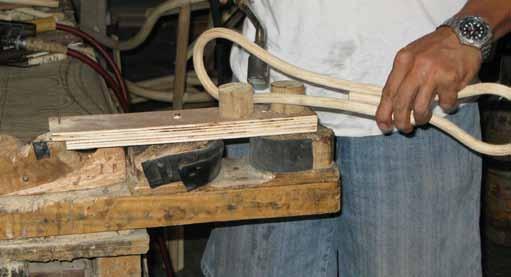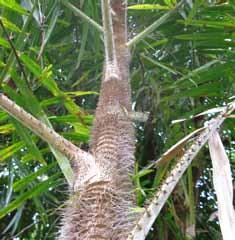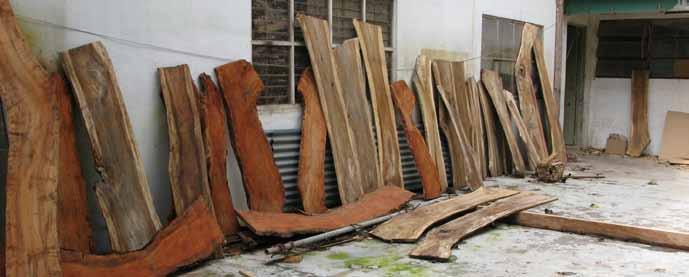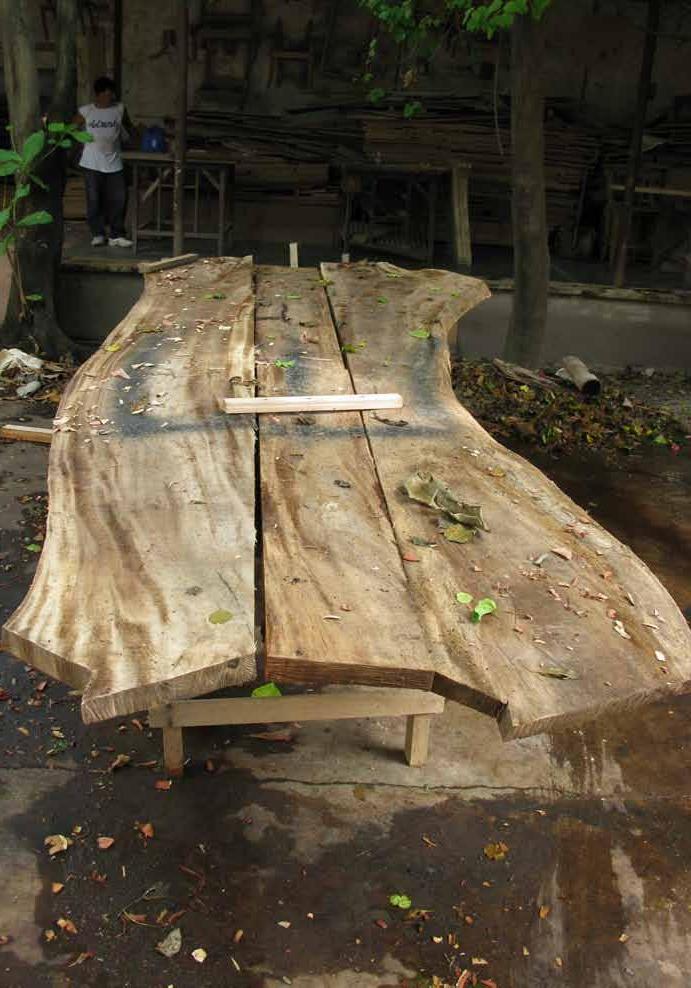3. Legal and Regulatory Environment Affecting the Value Chains Plantation Wood Harvesting, transporting, and marketing of planted wood are key hurdles among CBFM agreement holders (POs) and private plantations within Leyte Island, and could mirror what might be happening nationwide. The processing of permits for harvesting/cutting and transport are considered bottlenecks that negatively affect many of the functions along the wood value chain. The harvesting, transporting and marketing of planted wood are primarily governed by DENR Memorandum Circular (DMC) Nos. 1997-09 and 1999-20, DENR Administrative Order (DAO) Nos. 200021 and 2004-04 for trees planted in private lands. For CBFM areas, the guidelines were initially provided for by DAO Nos. 1996-29 which were subsequently amended by several administrative orders thereafter, such as DAO 1999-29, 1999-35 and 2000-29. Âť Annex I: The titles and brief description of these policy issuances. Âť Annex J: a summary of the
requirements for registration, harvesting, transport and disposition of timber, naturally-grown or planted, for premium and non-premium hardwoods and for fast-growing plantation species).
DMC 1999-20 governs the registration, harvesting, transport and marketing of wood and by-products coming from tree plantations within private lands. Tree registration is encouraged for all private tree plantations, although in reality, it has become almost a requirement that all tree plantation owners who intend to sell and transport their logs outside of their respective plantations must comply with. Tree registration was presumed to make the processing of documentation requirements for future harvesting and transport of timber/lumber from private lands much easier (DMC 1997-09). To register the tree plantations, the following documents are needed (DMC No. 97-09): (1) Letter of intent, (2) Certified photocopy of either certificate of land Ownership Award (CLOA), Land Title or Tax declaration of untitled alienable and disposable (A&D) lands with pending application for titling, (3) Certification of tree plantation ownership from the Barangay Captain or Municipal Mayor, and (4) In cases where tree planter/applicant is not the sole owner of the land, an authorization to do so from his/her co-owner. Registration can be done for newly established, fully established and mature plantations. According to DAO 2000-21, the harvesting of registered non-premium tree species did not require a cutting permit except for the planted premium species for which a special private land timber permit (SPLTP) is prescribed. However, the non-requirement of a cutting permit for all tree species, even in private lands, has been suspended under the administration of the current DENR Secretary (as per March 10, 2009 dialogue with the RED of Region 8). In the case of naturally-grown trees in private lands, their cutting, gathering and utilization were also previously governed by DAO 2000-21 and a special
Plantation Wood, Rattan and Bamboo in Leyte Island | Value Chains to benefit income generation of forest farmers
53





